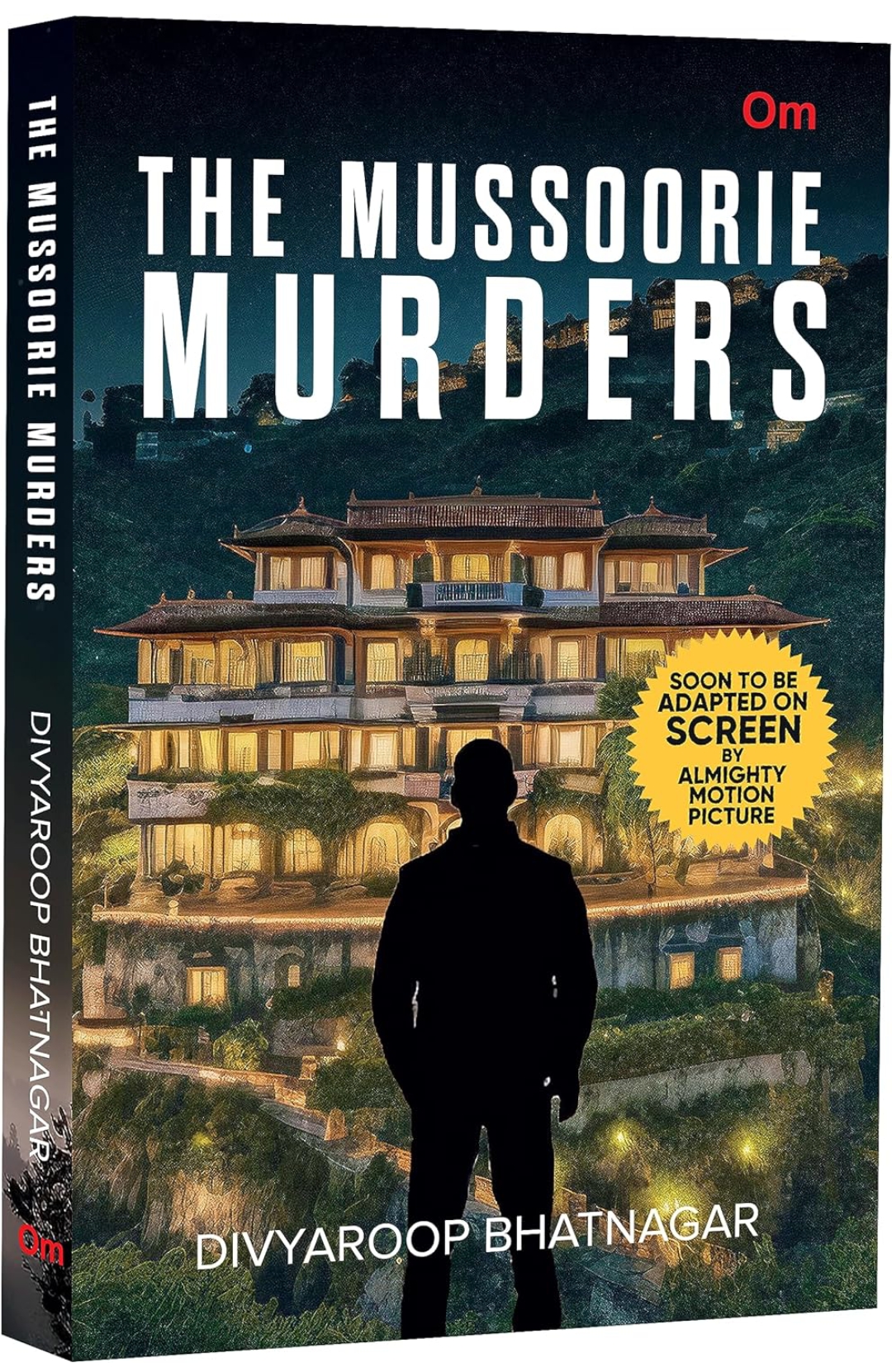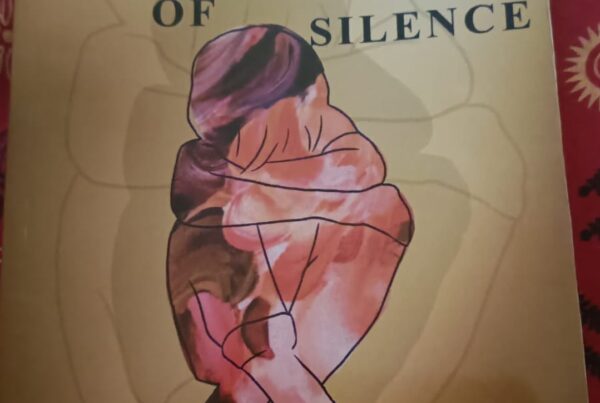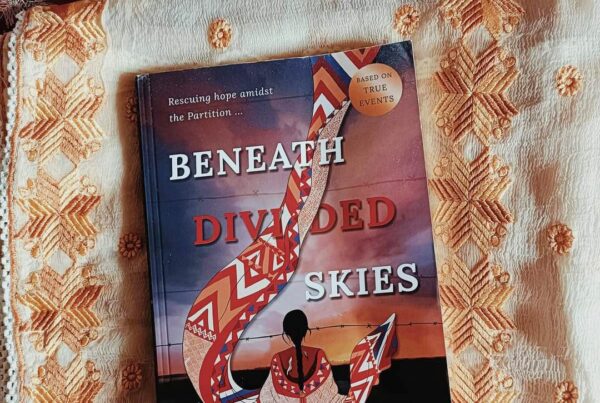The Mussoorie Murders, Divyaroop Bhatnagar’s debut novel published by Om Books International, proves to be an interesting read, particularly for readers like me who nurse a penchant for whodunits. It also marks his first foray into the domain of crime fiction. At 208 pages and twenty-two chapters, this book can be reasonably wrapped up within two or three reading sessions.
As the title suggests, the setting is the picturesque hill town of Mussoorie. Here, I applaud the writer for coining a title which spontaneously evokes curiosity and intrigue. Mussoorie is a popular destination – I have personally visited it twice and loved both the times. But natural beauty and touristy delight are not what grab eyeballs in this book. The writer has consciously added an eerie element to this Himalayan haven. There occur two episodes of death here, in an uncannily similar set-up, involving similar victims and circumstances. Only, they are dated sixty years apart.
Margaret Maynard Liddell and Anahita Bilimoria die of poisoning in their sleep within rooms which are locked and secured from inside. There are no indications of a forced entry and no tell-tale signs left behind by the murderer. Both the ladies belong to the upper echelons of society, cultivate refined tastes, and have delicate temperaments. Unfortunately, both have been unlucky in love and find themselves lonely and listless. They fall prey to unholy spiritual influences, act in a reckless, unbecoming manner, which, together, catalyse their emotional bankruptcy and eventually, their death. These two plots run parallel in the book in alternating chapters.
Bhatnagar has meticulously drawn up the family connections and back story of both the protagonists. Margaret’s childhood and family in England in the late nineteenth and early twentieth centuries, her journey to Bombay and Lucknow in India, and her subsequent personal misfortune have been essayed in great detail. The old world charm of the Indian cities, their landmarks, the names and routes of ships and trains, the colonial milieu, and the pahaadi ambience of Mussoorie have been reproduced with complete honesty. The same goes for Anahita’s story set in Bombay in the 1970s. The charming, close-knit Parsi community, along with its distinct social set-up, has been portrayed with warmth and candour.
Apart from the two leading ladies, Margaret and Anahita, a number of secondary and tertiary characters criss-cross the plot. Immediate and extended family, friends, domestic helps, attendants, emotional and spiritual anchors, the police and the investigating brigade – they all have a role to play. Bhatnagar has achieved this onerous task of fleshing out so many characters of two parallel plots, without losing track or leaving behind loose ends.
Both the plots have been given equal importance, though I personally felt Anahita’s story enjoyed greater clarity because of the more recent setting and better investigative procedures. The detrimental effect of believing in fake godmen and dubious séance sessions has been highlighted – an unfortunate social trend that continues even today. The writer has peppered the developments with a fair amount of foreshadowing, thus tempting the reader to map the clues and draw his own conclusions – a distinct pre-requisite for a successful thriller. The narrative uses a simple, conversational language that can engage youngsters and adults alike.
Divyaroop Bhatnagar has attempted a rather unique and ambitious technique of introducing iconic literary figures in his novel like Rudyard Kipling, Sir Arthur Conan Doyle, Agatha Christie, and Sherlock Holmes, and embedding them in the matrix of the plots – a surprise fusion, for sure! For a more immediate and discernible investigation, we have the brilliant Oxford-returned, unobtrusive Avijit Sikdar, our modern-day answer to Hercule Poirot and Holmes.
My only pointer to Bhatnagar’s book would be the constant to and fro movement between timelines in each chapter. In a crime thriller, we tend to dwell upon each new development or discovery for a while, allow our little grey cells to deliberate and deduce, and then move on to the next set of events. Here, we had to shuttle between 1909 and 1973 in consecutive chapters, keeping track of characters, names, places, clues and the like. And given the similarities, I felt a little confused at times. Shifting gear after two or three chapters may have been a feasible alternative in a case like this.
The Mussoorie Murders is an absorbing read with several nail-biting moments that is bound to engage the reader right till the denouement. With the weather turning nippy now, this book is certainly recommended along with a cosy duvet and several cups of milk tea, with the latter making multiple appearances in both the plots!









